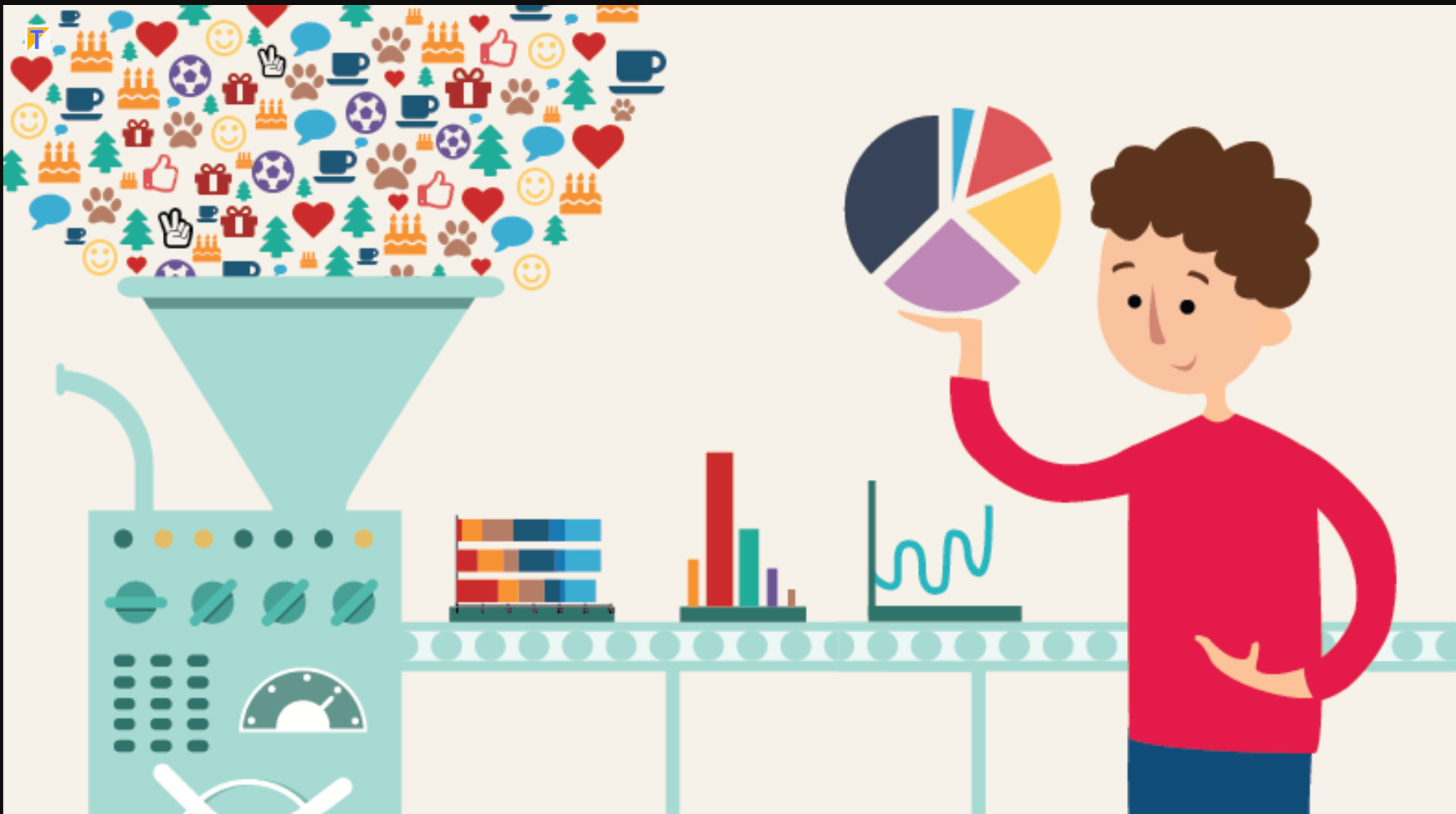Regardless the tools you are using, cleaning your data is one area where you will spend 60% of your analytics process. Below are few techniques that help you in optimizing your cleaning process towards generating actionable insight from your data
- Filtering: Remove irrelevant data to focus on what matters.
e.g. Excluding out-of-stock products when analyzing sales data.
- Validation: Check data for errors and inconsistencies, ensuring it meets specific rules and formats.
e.g. Verifying email addresses are correctly formatted, for example.
- Deduplication: Eliminate duplicate records to ensure each entry is unique.
e.g. Removing repeated customer entries in a CRM system.
- Encoding: Convert categorical data into numerical formats for machine learning algorithms.
e.g. Assigning numeric values to gender, such as Male = 1, Female = 0.
- Imputation: Replace missing values with estimated ones to maintain data integrity.
e.g. Filling missing age values with the average age of respondents.
- Aggregation: Group data by category or time period to obtain summarized statistics.
e.g. Summing daily sales data to get monthly figures.
- Standardization: Put all data into a common format for easy comparison and analysis.
e.g. Converting temperature readings to Celsius.
- Sampling: Select a representative subset of data for faster analysis while preserving integrity.
e.g. Choosing a random 10% of customer feedback responses.
- Transformation: Modify existing data to make it more suitable for analysis or modeling.
e.g. Applying logarithmic transformations to skewed income data.
- Cleansing: Ensure data accuracy, completeness, and compliance by correcting errors and filling in missing values.
e.g. Correcting a customer's name from "JHN SMITH" to "John Smith" to ensure accuracy and consistency in the database.
- Outlier Detection: Identify and manage values that significantly deviate from the rest of the data.
e.g. Investigating unusually high transaction values.
- Profiling: Analyze data to understand its structure, characteristics, and quality.
e.g. Examining value distributions to identify patterns or areas needing further cleaning.
